Palletizers, sometimes called case pickers, are machines specifically designed to load and unload pallets before and after shipping and during storage. Palletizers are technically Mast-Equipped Automated Vehicles (AVGs). Manual palletizers also exist, but more often than not, distribution and manufacturing plants use automated and robotic palletizers for loading and unloading, not manual ones. Read More…
Moller North America is committed to customer satisfaction. Our line of products ranges from bagging, conveying, palletizing, to stretch-hooding, stretchwrapping and shrinkwrapping a variety of products. Contact us today to for all of your packing, palletizing, and protection needs.
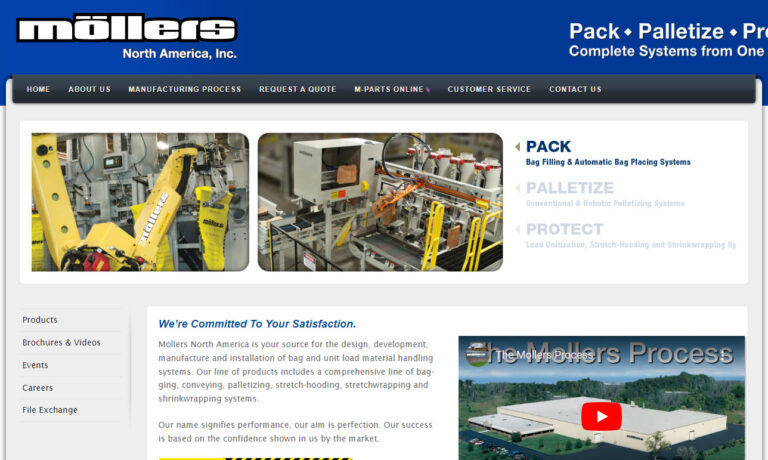
It is our goal at American-Newlong to create innovated bag packing and palletizing solutions. Our systems are ideal for industries including seed, feed, salt, minerals, aggregate products, pet food, chemicals and more.
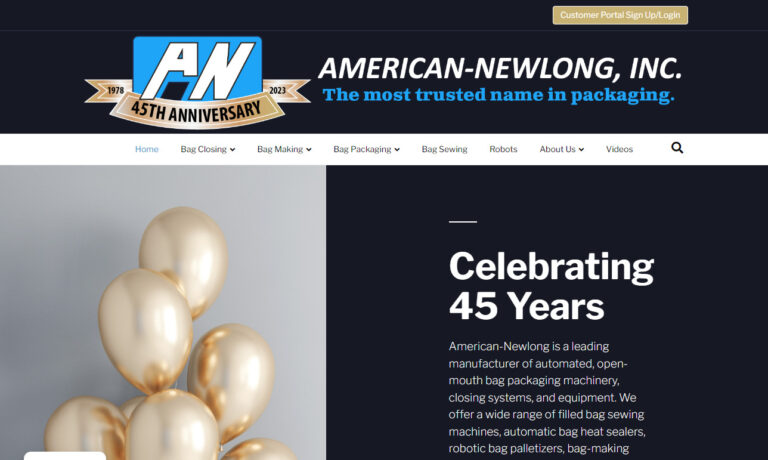
AMT specializes in robotic integrated end of line packaging systems and machines. We excel at the design and manufacture of turnkey case packing and palletizing systems. Our engineering team is ready to work with your automation team or AS your automation team. We recognize and appreciate the trust you put in us as your integrator and proudly stake our reputation on every system we build.
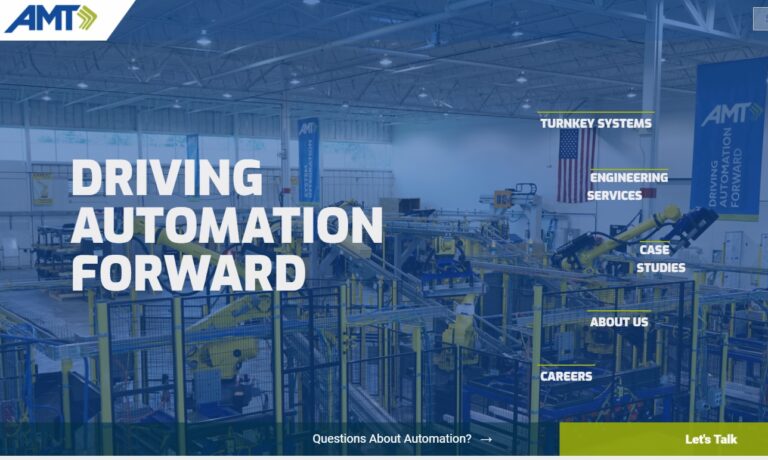
TopTier is the leader in innovation and value -- providing palletizing solutions with speed, flexibility, and dependability for 24/7 operations. Founded in 2003, TopTier installs floor and upper level infeed single automatic palletizers or systems integrated with existing conveyor and other material handling equipment. Both row-forming and robotic technologies from TopTier make palletizing...

Chantland-MHS material handling equipment improves customers’ efficiency, productivity & competitive position worldwide. Put experience since 1943 to work for you; choose from a line of bag fillers, conveyors, palletizers & complete systems.
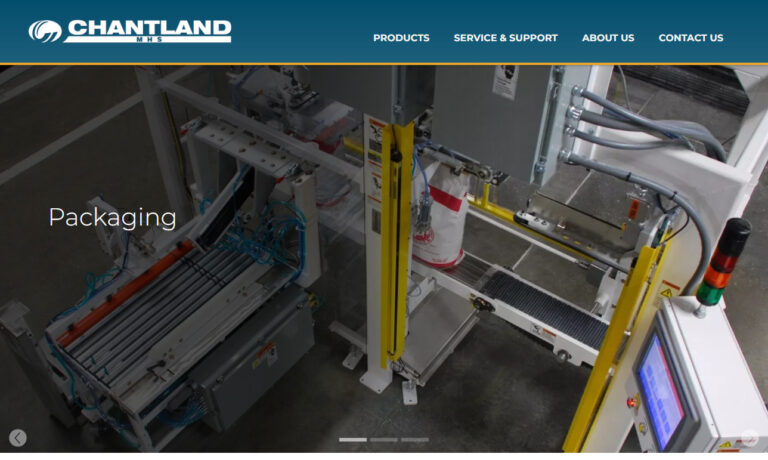
DePeuter Packaging Solutions (DPPS) is a provider of end of line packaging equipment, including palletizers, depalletizers, single cell robotics, case packaging machines, conveyor systems, and totally integrated factory automation systems. From small single cell projects to complete turnkey systems, our team of experienced engineers and technicians will be available to assist with any application.

Our powerful magnetic palletizer and depalletizer can lift and position layers of steel cans at one time from a multi-layer stack, and can do it quickly without tumbling, jamming or can damage. Our palletizer/depalletizer magnets can be built in various sizes to fit the can stack configurations of your workplace. Choose Eriez for solutions to your palletizing needs.
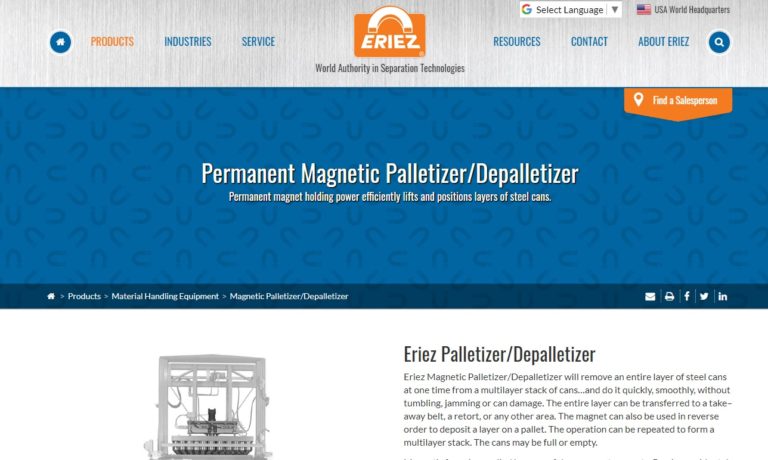
More Palletizer Manufacturers
Applications
Palletizers, whether manipulating wood or plastic pallets, tirelessly perform a symphony of tasks on their own. They effortlessly lift, rotate, and adjust pallets, showcasing their versatility by metering products, orienting loads, arranging them into rows and layers, and even transporting them onward to their next station or onto pallet racks.
Palletizers play a pivotal role across the logistics landscape, from bustling mass shipping hubs and supply chain arteries to distribution centers and warehouses of every stripe. These mechanical maestros also lend their talents to greenhouses, effortlessly maneuvering flats. Thanks to their versatile prowess in material handling, palletizers find a home in virtually any industry that stacks goods on pallets. This includes consumer goods, packaging, agriculture, food and beverage, aerospace, military and defense, marine shipping, automotive industries, and beyond.
History
Pallets have been a staple in logistics since the early 1920s, a marked evolution from the earlier methods of using crates, boxes, and barrels to pack goods. Before the advent of mechanical assistance, laborers manually heaped cases and other parcels, a method that stood the test of time until the rapid industrialization and demands of World War II pushed production rates beyond human speed. The sheer size and weight of pallets made them impractical, even dangerous, to maneuver by mere muscle. Addressing this bottleneck, Lamson Corp (which later evolved into ARPAC) pioneered the first mechanized palletizer in 1948. Within a mere two years, the industry saw the advent of row-forming automatic palletizers, which revolutionized how goods were organized and handled: workers could now systematically arrange goods into rows, stack these layers, and efficiently transfer them onto pallets.
By 1970, the wheels of manufacturing were turning faster than ever. In a burst of innovation, engineers introduced in-line continuous motion palletizers. These marvels of machinery employed a seamless motion flow divider that orchestrated the pace of products with greater efficiency. During the same era, to ensure the stability of cargo, manufacturers began encasing their loads in stretch wrap. As the 1980s dawned, the technological landscape saw the rise of robotic palletizers. These pioneering machines were equipped with an end-of-arm gripper tool, allowing them to deftly pick up items rather than merely nudging them into place. This capability marked the beginning of pallet stacking—a practice that has since become a cornerstone of modern logistics, enhancing modular design, conserving space, and boosting the capacity for goods storage and transportation. Additionally, today’s pallet designs are often standardized to optimize compatibility with these sophisticated palletizing systems.
Types
Palletizers are categorized into three primary types: robotic palletizers, low-level palletizers, and high-level palletizers.
Robotic Palletizer (Robot Palletizer)
Robotic palletizers, operating in either automatic or semi-automatic modes, are strategically positioned between a pallet dispenser and a conveyor belt that ushers in products. These machines employ a hydraulic robotic arm, equipped with either suction cup arms or flat pincer arms, to gracefully lift and methodically arrange products onto a pallet. Although limited to handling one item at a time, robotic palletizers outpace human workers, offering speed without succumbing to fatigue or injury risks.
Robotic palletizers are masters of versatility, deftly handling both the heftiest and most delicate items. Their adaptable design allows them to be customized for a variety of goods, such as pails, drums, bags, cases, and bottles. Depending on the specific cargo they manage, these machines often adopt new monikers reflecting their specialization—hence, you might encounter terms like robotic pail palletizers, drum palletizers, bag palletizers, case palletizers, and bottle palletizers.
Exploring further into the realm of robotic palletizers, you’ll find an array of designs including articulated arm palletizers, SCARA (Selective Compliant Articulated Robot Arm) palletizers, and gantry palletizers, each offering unique capabilities to streamline and enhance the loading process.
Articulated Arm Palletizer
With their jointed arms, articulated arm palletizers boast a superior range of motion and positioning flexibility compared to other robotic palletizers.
Selective Compliant Articulated Robot Arm (SCARA) Palletizer
In the same vein, SCARA palletizers arrange products through the use of a vertical mast and a horizontal cross arm.
Gantry Palletizer
Gantry palletizers, when outfitted with an I-beam or an overhead crane, see their capabilities significantly expanded.
Low Level and High Level Palletizers
Low-level and high-level palletizers both collaborate with conveyors and a feed zone that welcomes items destined for palletization. The key distinction lies in their loading approach: low-level palletizers, also known as floor-entry or floor-level palletizers, gather products right from the ground. Meanwhile, high-level palletizers operate from above, hoisting items downward. In both scenarios, products and packages journey along roller conveyors, seamlessly shifting and aligning on the pallets as they go.
The palletizing operations can be either fully automated or semi-automated, yet in both forms, they outpace the speed of robotic palletizing.
In-Line Palletizer System
Another type of palletizing setup is the in-line palletizer system, crafted to arrange whole layers of bags or cartons simultaneously.
Row Stripper Palletizer
Row stripper palletizers, a subset of in-line palletizers, methodically assemble and sidestep each row of goods. As each new row materializes, it’s nudged alongside the previous one, building layer upon layer until a fully-formed pallet emerges.
Vacuum Head Unit
Another variation of the in-line palletizer is the vacuum-head model. These units employ air-powered suction cups instead of pincers to secure items. Once the pallets are filled, they might either remain on-site, becoming “captive pallets,” or be transported to different locations.
Equipment Components
Most palletizers are assembled from an array of components such as an infeed, a row-former, a layer-forming area, a discharge conveyor, a pallet dispenser, a robotic arm, a pallet station, and a sheet dispenser.
Additionally, many robotic and automatic models are outfitted with QuickSTOP collision sensors and Smartscan work cell perimeter guards, enhancing both safety and productivity.
Some expansive centers employ depalletizers for unloading packages, alongside auxiliary tools such as pallet dispensers—devices that distribute empty pallets onto conveyors—and load transfer stations. These stations facilitate the shift of loads from one pallet to another seamlessly, without the need for disassembly.
Benefits
Automatic and robotic palletizers bring a host of superior features when compared to their manual counterparts, such as enhanced load stability, pinpoint precision, faster operation, and a reduction in worker injuries. These machines streamline the movement of packaged units, making the process not only easier and safer but also less physically demanding. Additionally, they enable the handling of multiple loads simultaneously. While acquiring a palletizer represents a significant upfront investment, the multitude of benefits it offers more than justifies the expense, providing value that far outweighs the initial cost.
Safety and Compliance Standards
For safety’s sake, AVG operators require rigorous training. A palletizer—chosen with care, installed with precision, and maintained with devotion—can elevate productivity to unprecedented levels. It curtails nearly all forms of human error and injury, reducing profit losses driven by disruptions, while generally accelerating and refining operations. For instance, a decrease in employee injuries not only boosts morale and lowers health-related expenses such as Worker’s Compensation but also diminishes the risk of incurring fines from the United States Occupational Safety and Health Administration (OSHA).
To ensure the highest safety standards, it’s crucial that your palletizer not only meets but is utilized in accordance with OSHA regulations. Additionally, there are several other key American organizations that set forth safety protocols for palletizer operations, including ANSI, ASME, UL, NFPC (Navy), and SAE International. These groups cover a range of safety concerns from fire prevention to cargo restraint and conveyor standards. For guidance on which standards are most relevant to your specific use, consult your manufacturer.
Things to Consider
In the world of manufacturing, palletizing systems have evolved into indispensable tools. Yet, with the vast array of palletizers on the market, selecting the right system can be both daunting and time-intensive.
That’s why, before approaching a manufacturer, it’s essential to arm yourself with precise specifications. Many consumer advice blogs and articles emphasize various considerations, from reliability and machine type to packaging options, loading capacity, and dimensions. Yet, the pivotal factor to weigh is speed, as it plays a crucial role in slicing through operational costs.
What Affects the Speed of Palletizers?
Since the assembly line revolutionized manufacturing, the pursuit of speed and efficiency has been relentless. This quest extends into the realm of packaging, where inventors have unleashed a diverse array of palletizers to automate the tasks of stacking and packaging. These innovations range from traditional palletizers to their more agile robotic counterparts.
You might encounter claims like “speeds up to 30 packages per minute” in palletizer specifications. However, such statements can be misleading, as multiple factors influence the true pace of a palletizer. To accurately gauge a palletizer’s speed, essential details such as product length, products per layer, and product weight are needed. This is why manufacturers of palletizers prioritize establishing case dimensions, the number of cases per layer, total cases per pallet, and weight before anything else. Continue reading to delve deeper into the intricacies of product length, products per layer, and product weight.
Product Length
In the world of palletizing, each unit emerging from the manufacturing line is often referred to as a “case.” The dimensions of these cases, particularly their length, play a crucial role in dictating the pace at which a palletizer operates. This is because the length determines the number of cases that can be assembled into each layer. In traditional palletizing setups, every completed layer prompts a pause in the action: the machinery must halt for the hoist to maneuver and for the layer to be stripped away. These pauses can significantly impede the speed of the process. However, modern advances in palletizer technology have introduced systems where the formation, stripping, and hoisting of layers occur simultaneously, streamlining the entire operation. Yet, this enhanced efficiency comes at a higher cost, as these advanced palletizers bear a heftier price tag.
This issue is not intrinsic to robotic palletizers. The length of a case also impacts speed in robotic design, but for a completely different reason: Time is lost in the movement of the arm. Therefore, the pattern in which you arrange your cases is as crucial a factor as the case length.
Product per Layer
In traditional palletizing machines, the speed of the palletizer is hindered when fewer cases are placed in a layer, as the hoist movement slows down. Similarly, the process is affected when fewer layers are formed on a pallet because the pallet must be moved, and an empty pallet must take its place. To address this issue, high-speed conventional palletizers are available as an alternative.
Product Weight
In a conventional system, the movement of cases hinges on the friction between the case and the conveying system. Generally, the lighter a package, the higher the likelihood of a jam. This principle also applies to robotic palletizers, where weight impacts speed. Heavier cases slow down the process as robotic arms need more time to handle them, especially when using a vacuum cup to pick up the cases. With this deeper insight into the factors affecting palletizer speed, you are now better equipped to make an informed purchasing decision.
Choosing the Right Manufacturer
Even with the most thorough knowledge of palletizers, if you’re not working with the the right manufacturer, you could end up with a very unsatisfying product. It’s crucial to partner with a seasoned and reputable palletizer supplier or manufacturing company. To assist you in finding the ideal match, we’ve curated profiles of several palletizer companies that we consider both knowledgeable and reliable.
Once you’ve compiled your comprehensive list of specifications and questions, take a look at the companies we’ve recommended. Choose three or four that seem to best match your needs, and contact them. Discuss each point on your list with them. Afterward, compare their responses. Your aim is to identify a manufacturer who can not only fulfill the task but also do so with integrity and a focus on your best interests. Once you’ve identified that manufacturer, give them a call and initiate the process.
Check out our Conveyors website

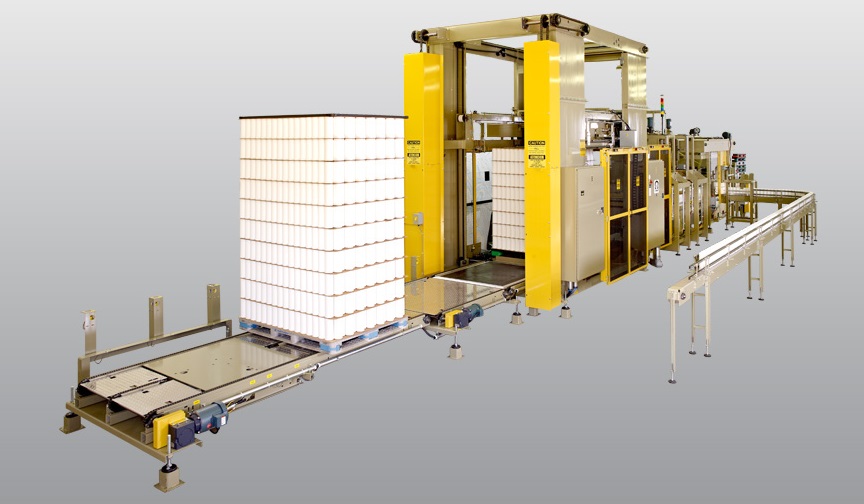
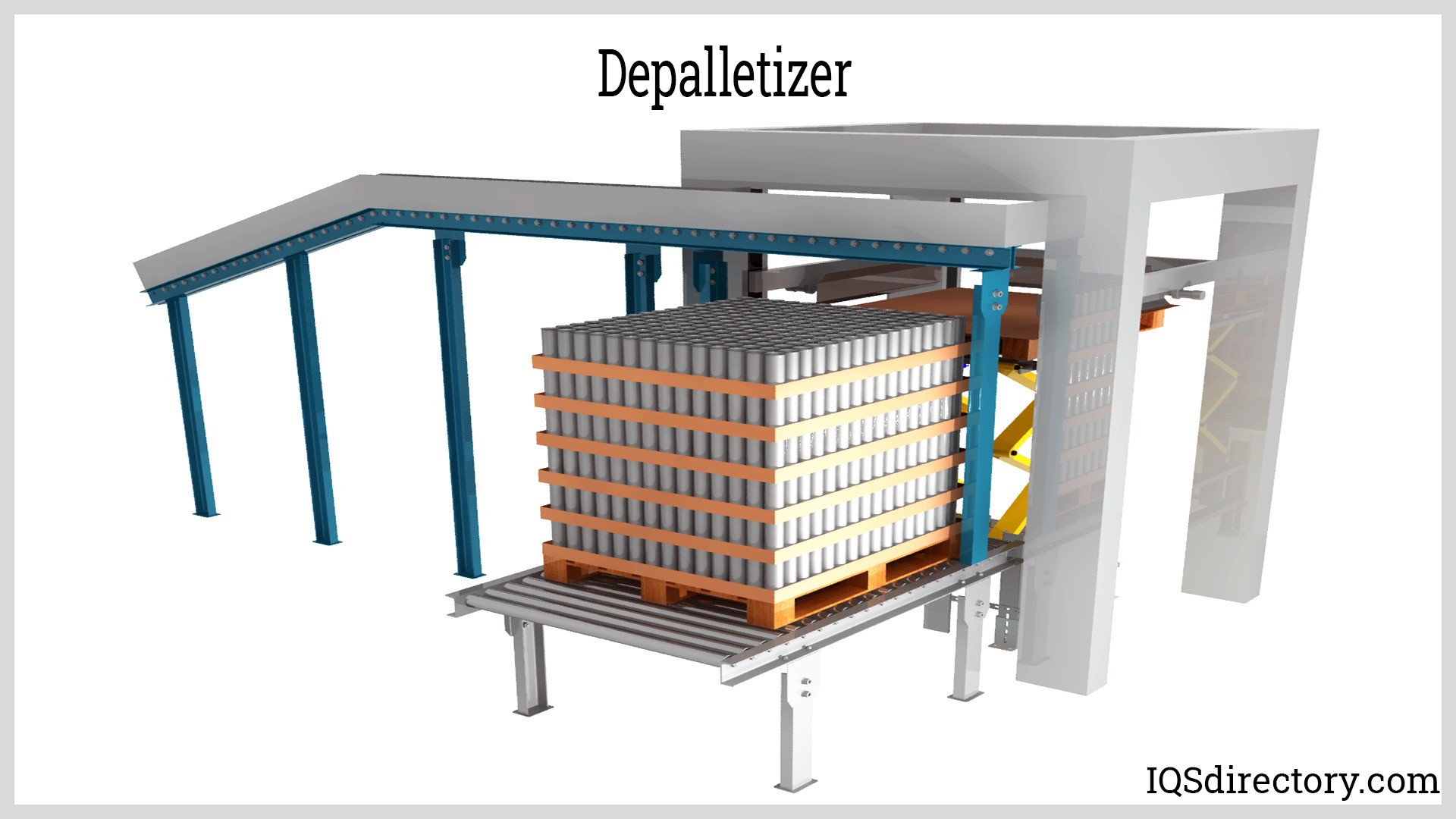
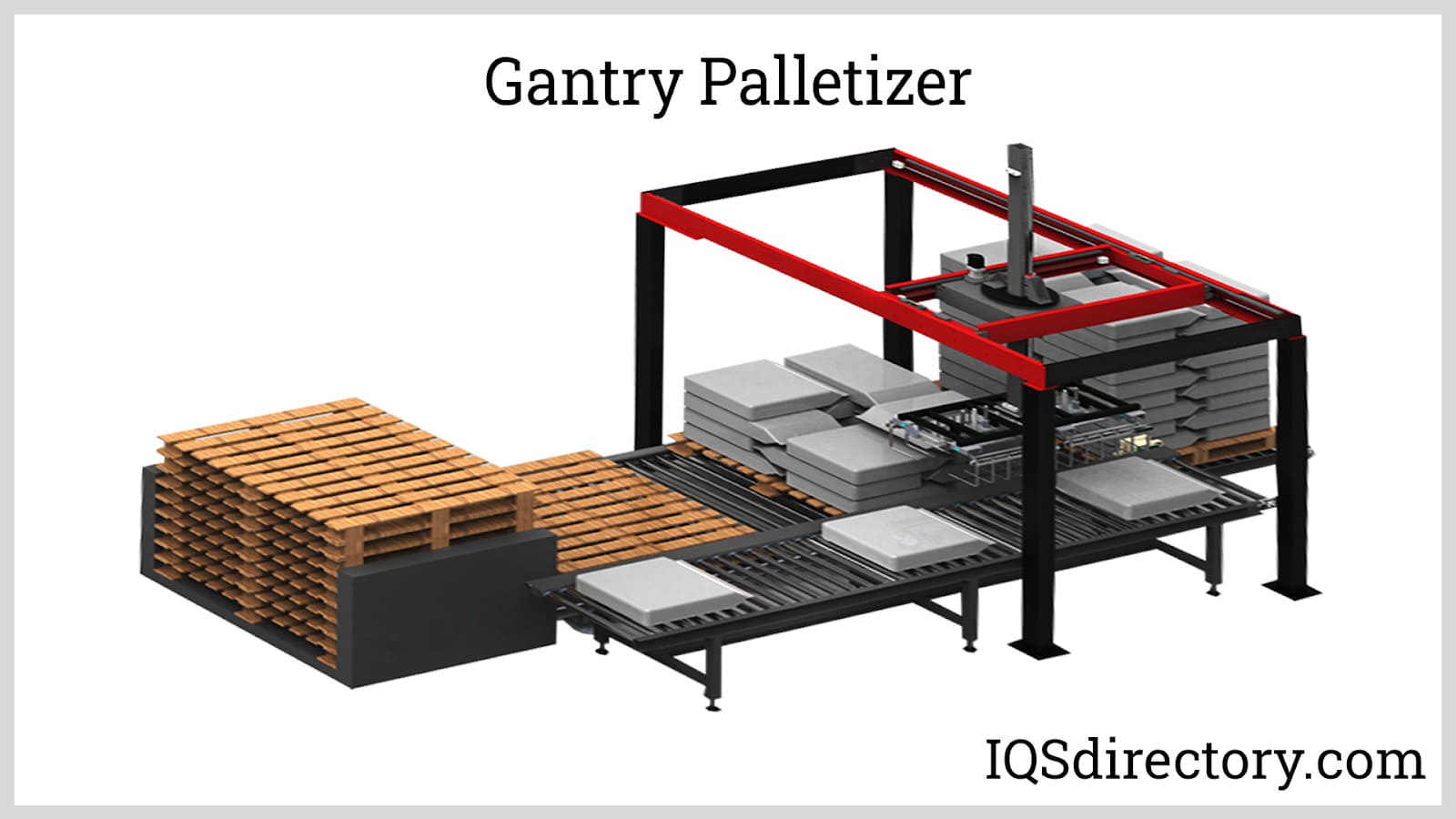
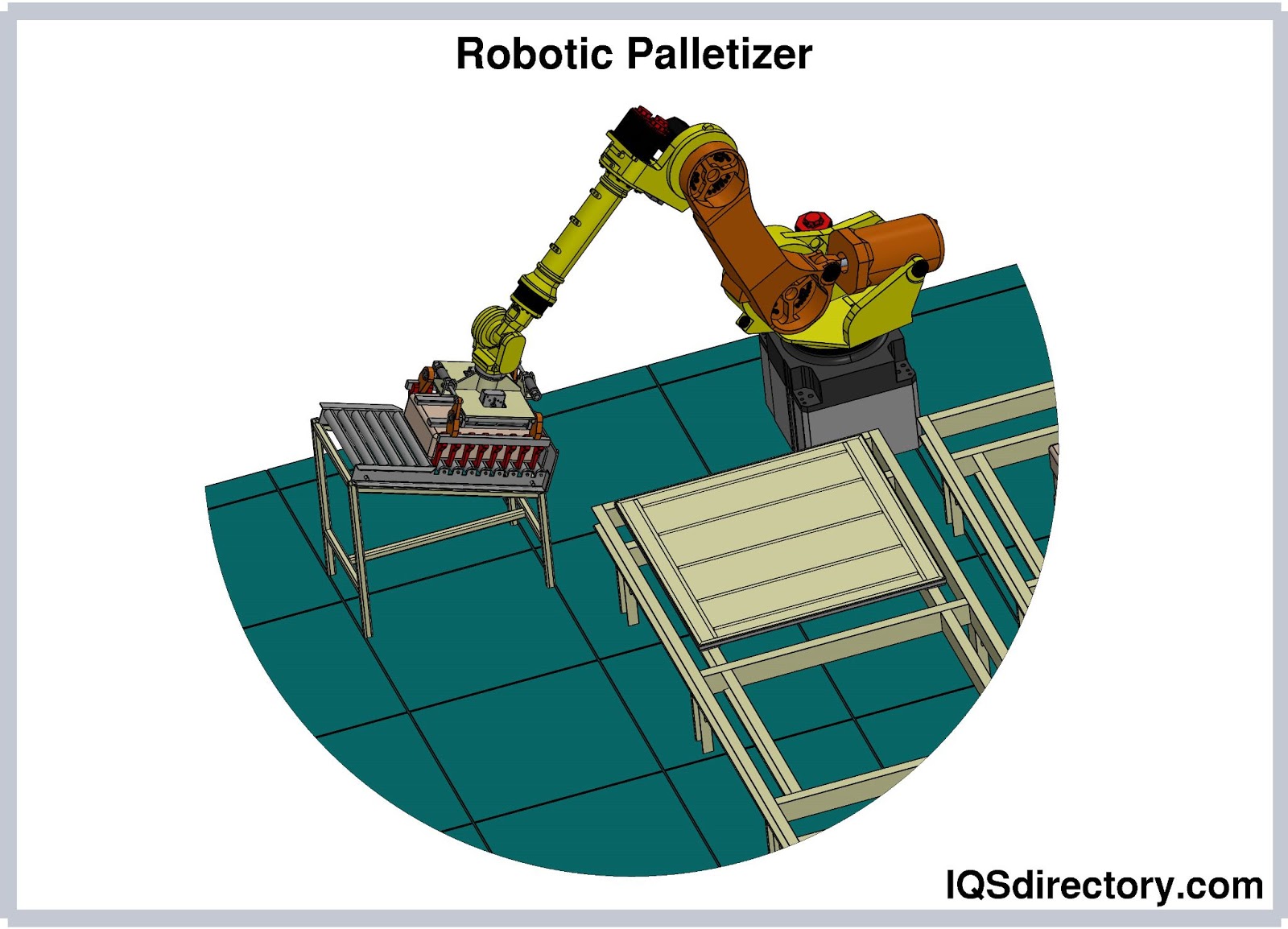

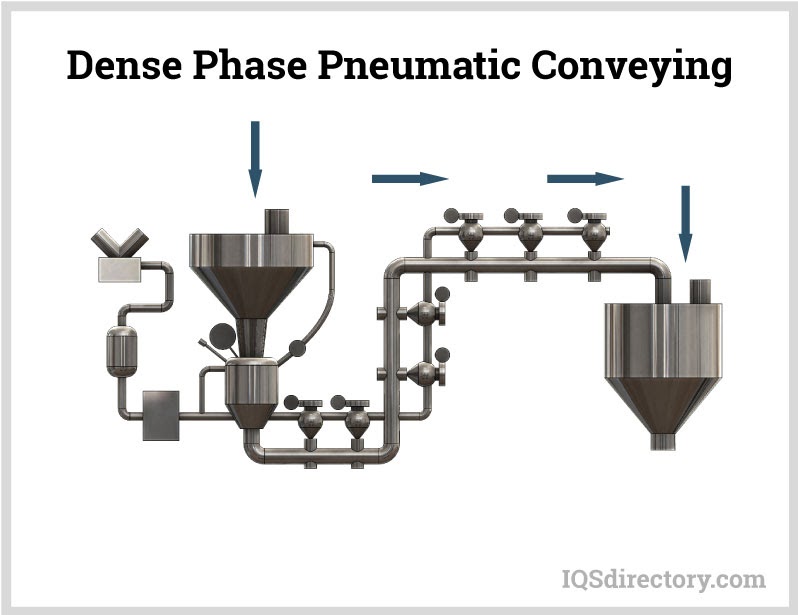
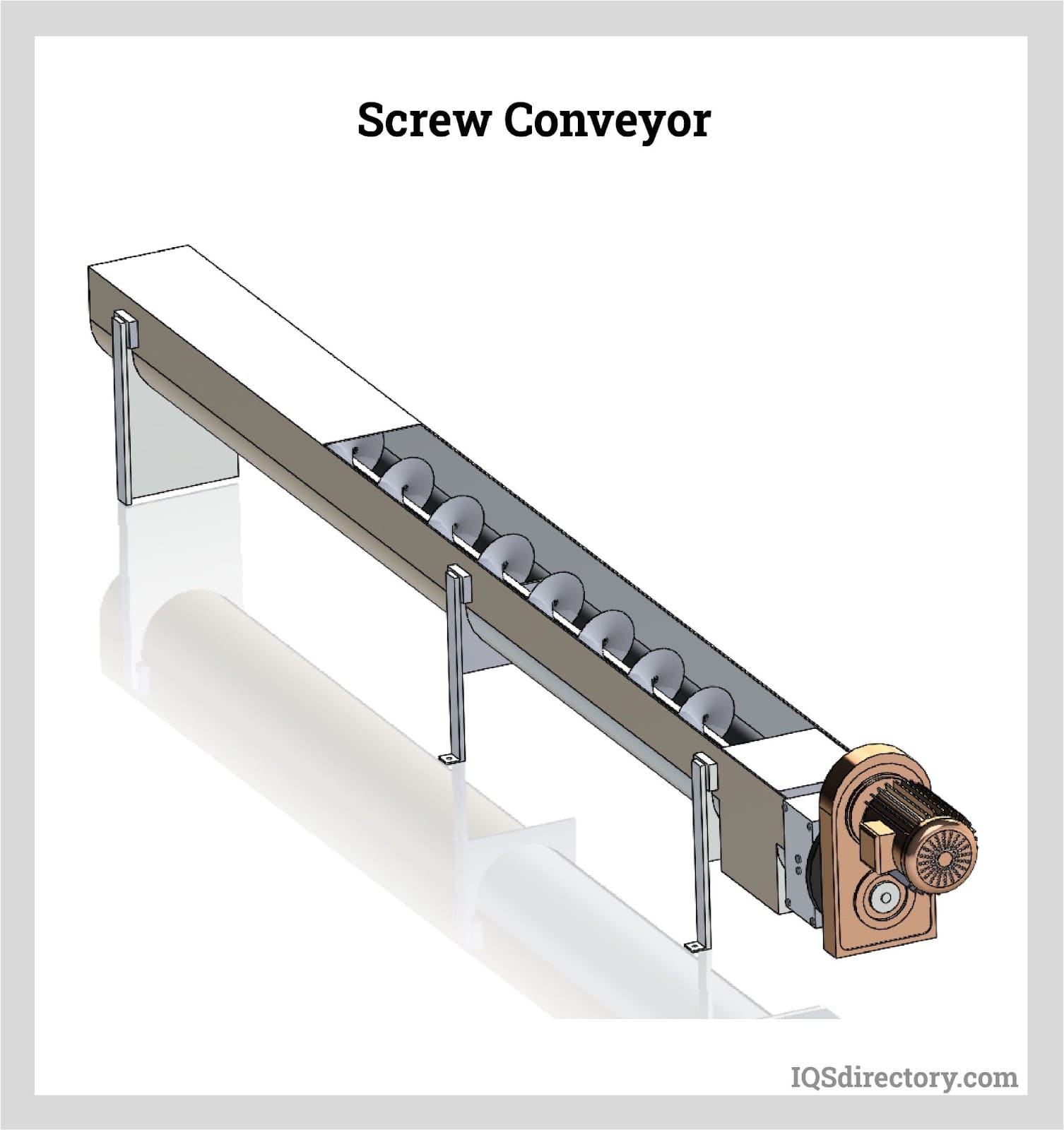
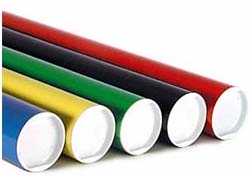 Cardboard Tubes
Cardboard Tubes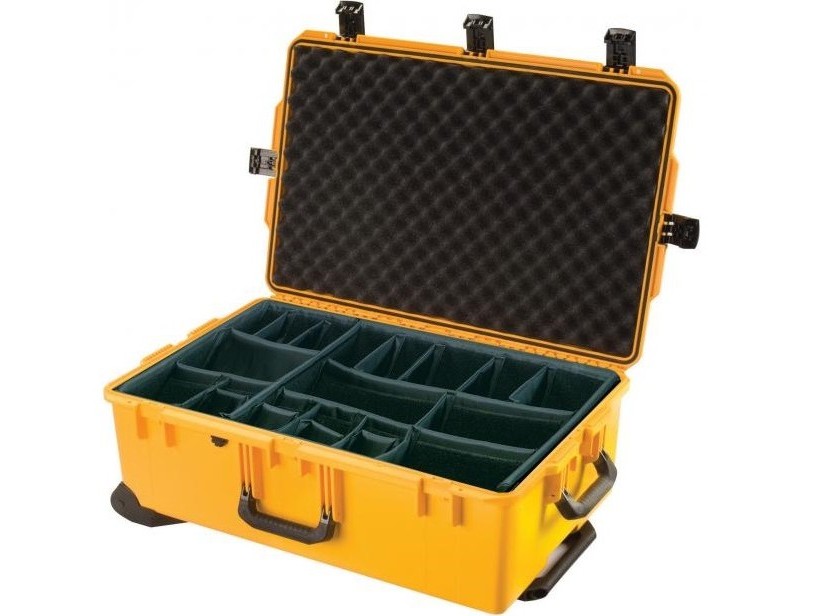 Carrying Cases
Carrying Cases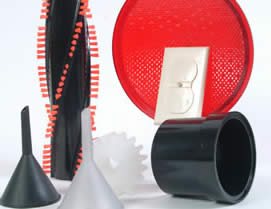 Contract Packaging
Contract Packaging Corrugated Boxes
Corrugated Boxes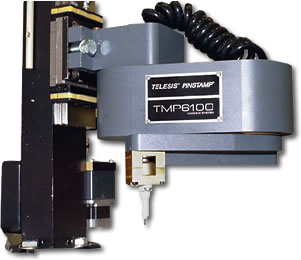 Dot Peening Machines
Dot Peening Machines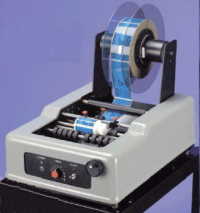 Labeling Machinery
Labeling Machinery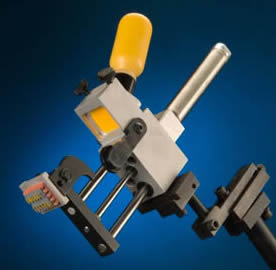 Marking Machinery
Marking Machinery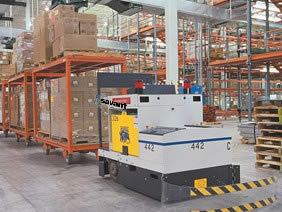 Packaging Equipment
Packaging Equipment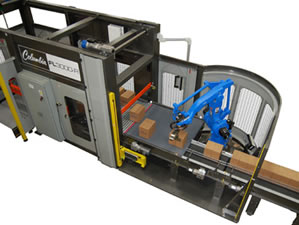 Palletizers
Palletizers Plastic Bags
Plastic Bags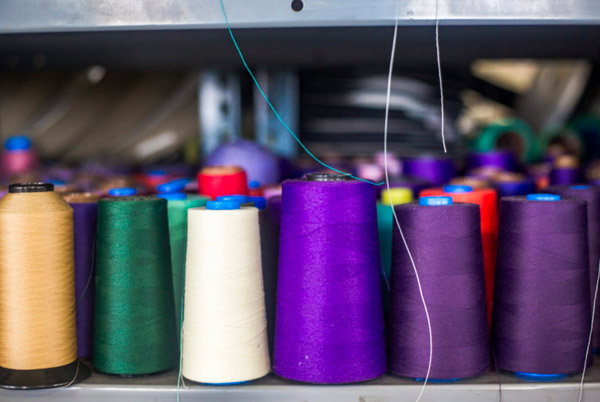 Sewing Contractors
Sewing Contractors Tape Suppliers
Tape Suppliers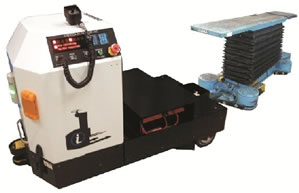 AGV
AGV Air Pollution Control
Air Pollution Control Assembly Machinery
Assembly Machinery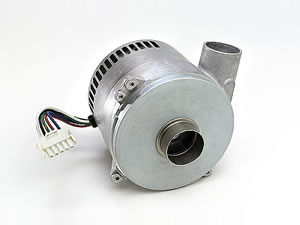 Blowers
Blowers Conveyors
Conveyors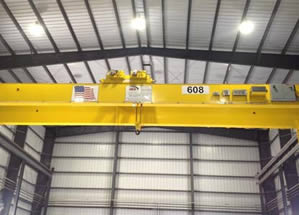 Cranes
Cranes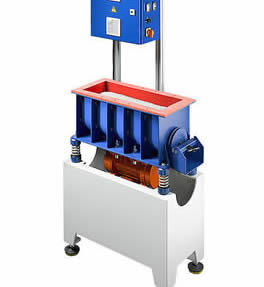 Deburring Machinery
Deburring Machinery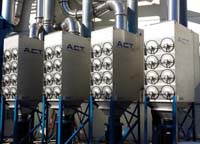 Dust Collectors
Dust Collectors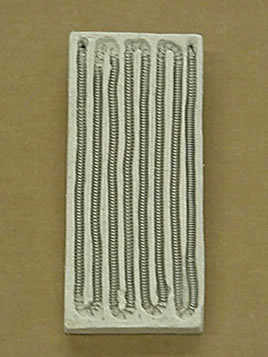 Heaters
Heaters Hose Reels
Hose Reels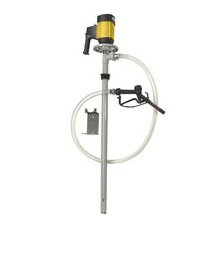 Lubricators
Lubricators Mezzanines
Mezzanines Modular Buildings
Modular Buildings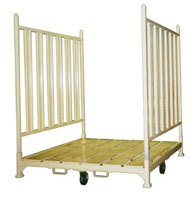 Storage Racks
Storage Racks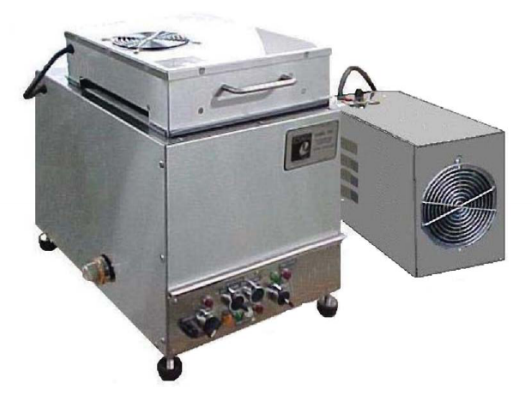 Ultrasonic Cleaners
Ultrasonic Cleaners Work Benches
Work Benches